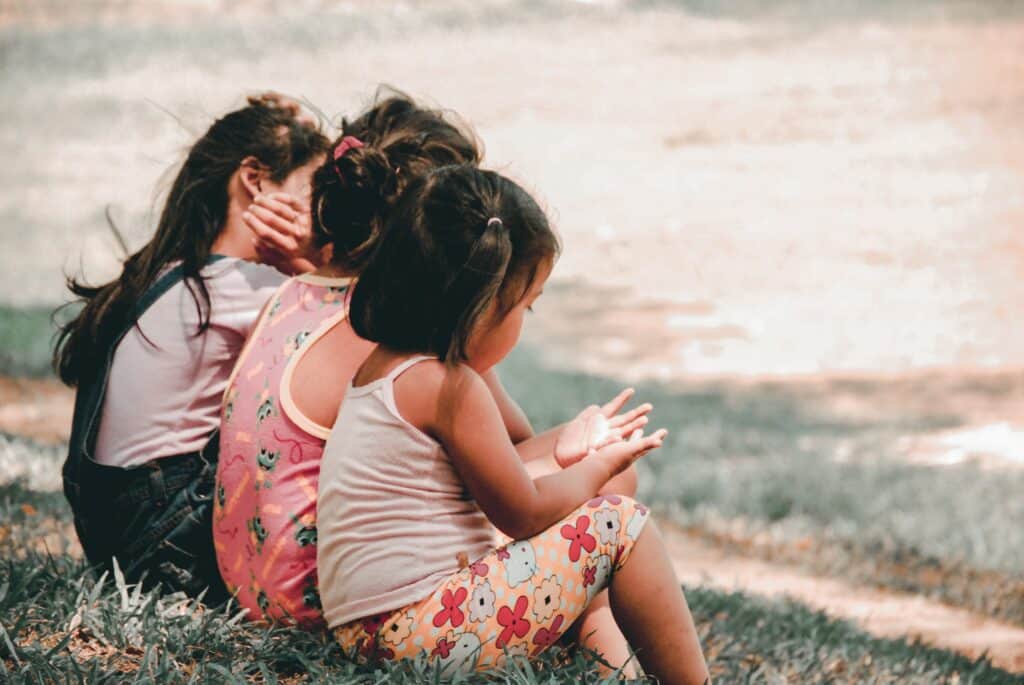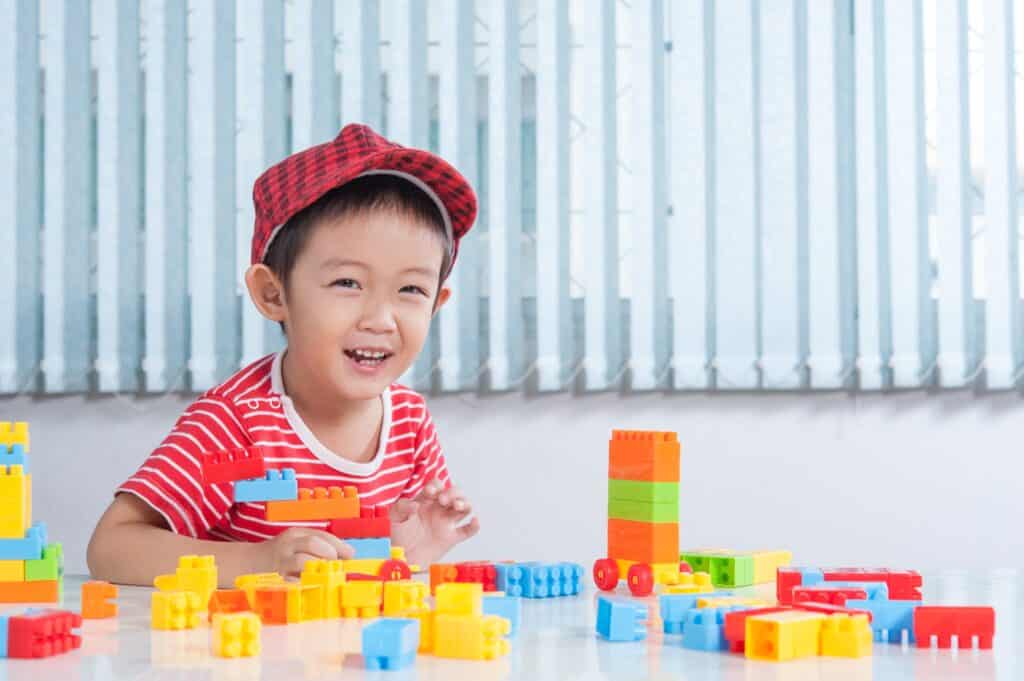The art of doing nothing is a paradoxical idea of doing something without any goal or purpose. It is the idea that one should not have a specific plan when engaging in creative activity.
There are many ways to do nothing, and some of them include: sitting and listening, walking and looking at things, cooking, gardening, reading a book etc. This article will teach how the Art of Doing Nothing Can Help Your Child Grow.
Why Do We Need to Teach Children the Art of Doing Nothing?
It’s hard to imagine a world without technology. We are connected and constantly told that we need to be productive, so the time here is never wasted.
The art of doing nothing is essential for children to develop their creativity and self-awareness. It teaches them to focus on their thoughts, feelings and emotions without being distracted by external stimuli.

The children who could not access screens or devices learned how to manage their time more effectively. They know how to focus on one task at a time, which helps them develop their attention span and concentration skills.
The Benefits of Teaching Your Child the Art of Doing Nothing
Many benefits can be seen to having a child learn the art of being still & doing nothing, such as developing extracurricular interests, finding time for personal reflection and more.
It also helps them develop patience, discipline, and self-control skills.
Many parents believe that it is essential for their children to learn how to do nothing so they can be better prepared for school. Some parents also feel that their children must learn to relax and focus on their thoughts rather than the distractions they will face in school or on social media.
This article talks about the benefits of teaching your child the art of doing nothing and provides some ideas on how you can start this process with your child at a young age.
The Benefits of doing nothing
There are many benefits to letting your children do nothing for some time. Sometimes it is easier to let them play and do nothing instead of trying to control them.

Some benefits of letting your children do nothing for some time are learning to self-regulate, getting more creative, having time to think about their day and what they want it to be like, and spending quality time with you.
Some benefits of letting your children do nothing for some time include:
- They’ll be more creative and have more ideas.
- They’ll learn how to focus on what they need to do.
- They’ll learn to be patient and wait for the right time.
- Letting your children do nothing can benefit their health in the long run.
5 Ways Parents Can Teach Their Children the Art of Doing nothing
Parents can start by introducing them to mindfulness, which will help them focus on the present moment and feel less anxious.
Teaching your children how to do nothing is a skill they will need throughout their life. Parents need to teach this skill from a young age to grow up with the ability to be patient, focused, and calm in stressful situations.
Five ways parents can teach their children how to do nothing:
- Engage in mindful activities like deep breathing and yoga
- Spend time with animals or plants
- Spend time outside or in nature
- Play games or watch TV (but be sure not to overdo it)
- Take care of your own needs
How to Find a Way for Your Children to Do Nothing in Different Situations
It is essential to find ways for your children to do nothing in different situations. It cannot be easy, especially when they are young and don’t have many options.
Here are some ways you can help your children find a way to do nothing:
- Allow them to explore their surroundings without you being present. For example, you could leave the room for a few minutes or leave the house for a while. Make sure you return before they get bored or frustrated with their situation.
- Let them play with building blocks, legos, or other toys that allow them to create something independently and then break it apart later. It will help them keep busy without feeling bored or frustrated with their situation.

- Find some books about animals and let them read them.
- Ask them about their day and what they’ve been playing with.
- Play music they enjoy, such as classical, jazz, opera, or pop/rock, out of your computer: Children love to hear familiar tunes in new arrangements.
Boredom is a Good Thing for Children!
Boredom is an emotion that helps children learn by allowing them to explore different things in life without judgement or pressure, which means they can become better at whatever they are doing. As a result, boredom can help children develop their skills and abilities. They can also learn to entertain themselves and become more creative due to boredom.
However, boredom can become a problem when it is prolonged, when children have to wait for something to happen for long, or when children are not allowed enough freedom to choose how they want their day to go. When these conditions occur, boredom leads children into behaviours that interfere with their learning and development.
Bored kids, what’s their secret?
Bored kids are often the most creative ones. They are likelier to be creative than children with too much stimulation.
Bored kids have been shown to have higher cognitive abilities and improved brain function.
According to recent studies, bored kids are likelier to be creative than children with too much stimulation. These findings show that being bored can make someone more creative.
What Are the 5 Steps to Reducing Kid’s Boredom?
Boredom is a natural part of childhood, but it can be a problem for kids if they don’t know how to handle it.
Some quick tips to help your child reduce boredom.
- Keep the playroom clean– this helps minimize messes and keeps the area visually interesting for kids.
- Turn off screens– these are great at creating boredom but give kids little to do. Try playing games or puzzles instead.
- Try new activities– if your child is bored with their toys, try buying them new ones.
- Get involved in your child’s interests– try playing games with them, and learning new skills together.
- Consider hiring a live-in nanny to give you more time with your children.
Conclusion: Start Teaching Your Child the Art Of Doing Nothing Today
The art of doing nothing is an essential skill for kids to learn. It teaches them how to be content with what they have and helps them develop their creativity.
In today’s world, it is hard for kids to find the time to do nothing. The busyness of life can often make them feel like they are not getting enough quality time with their parents or that they will never have the opportunity to do something creative.
Parents can teach their children the art of doing nothing by giving them a break from screens, playing games and reading books together, and taking regular walks in nature.
